Shiv Parvati Vivah Katha
Hinduism is rich in divine stories that inspire humanity with lessons of devotion, sacrifice, penance, and love. Among these timeless legends, the Shiv Parvati Vivah Katha holds a special place. This sacred tale narrates the marriage of Lord Shiva, the embodiment of supreme consciousness, and Goddess Parvati, the manifestation of divine energy or Shakti. Their union is not merely a celestial wedding; it symbolizes the eternal balance of creation—the harmony of masculine and feminine energies that sustain the universe.
For centuries, devotees have celebrated this divine marriage in festivals, temples, and rituals, recognizing it as the most significant spiritual union in Sanatan Dharma. Let us journey into the detailed narration of this holy wedding and understand its deeper meaning.
The Background: Birth of Parvati and Her Divine Purpose
To grasp the true essence of Shiv Parvati Vivah, one must look back to the story of Goddess Sati. She was the first wife of Lord Shiva and the beloved daughter of King Daksha. Though Sati’s heart was filled with unwavering devotion toward Shiva, her father never accepted their marriage. Daksha disapproved of Shiva’s ascetic lifestyle and often looked down upon him despite Sati’s faith and loyalty.During a grand yajna organized by Daksha, Sati was insulted because Shiva was deliberately not invited. Unable to bear the disrespect shown to her divine husband, Sati immolated herself in the sacrificial fire.
Overwhelmed with grief, Lord Shiva distanced himself from the world and immersed in deep penance in the Himalayas. His withdrawal from cosmic activities disturbed the harmony of the universe, causing an imbalance that led to disorder and unrest in creation.To restore harmony, Goddess Shakti was reborn as Parvati, the daughter of King Himavan and Queen Mena. Parvati’s destiny was to reunite with Shiva and complete the divine circle of energy.
Parvati’s Devotion and Penance
From childhood, Parvati displayed immense devotion to Lord Shiva. She was determined to marry him and undertook severe austerities, known as tapasya, in the Himalayas.
Parvati gave up comforts, survived only on leaves, and later even abandoned food and water, sustaining herself on air alone. Her unwavering penance moved the hearts of sages and gods alike. Seeing her dedication, the divine beings requested Shiva to accept her as his consort.
However, Lord Shiva, immersed in meditation, wanted to test Parvati’s devotion. He appeared before her in disguise as a sage and mocked Shiva, saying:
“Why do you wish to marry an ascetic who wears animal skins, smears ash on his body, and lives in cremation grounds?”
Parvati, unmoved by these words, replied with firm faith:
“Lord Shiva is the Supreme Being. He may renounce the world, but he is the protector of the universe. My heart belongs to him alone.”
Her unshakable devotion pleased Shiva, who then revealed his true form and accepted her love.
The Role of Kamadeva
Another significant episode in the Shiv Parvati Vivah Katha involves Kamadeva, the god of love. In order to rouse Lord Shiva from his intense meditation and unite him with Parvati, the deities turned to Kamadeva, the god of love. Obeying their request, Kamadeva released his arrow of desire toward Shiva. But the attempt backfired—Shiva, disturbed from his trance, opened his fiery third eye, and in a flash of divine energy, Kamadeva was burnt to ashes.
However, Kamadeva’s sacrifice was not in vain. Though destroyed physically, his spirit lived on, and Parvati’s penance eventually won Shiva’s heart. This act demonstrated that true love and devotion could overcome even the greatest obstacles.
The Marriage Proposal
When Lord Shiva finally accepted Parvati as his consort, the gods rejoiced. They approached King Himavan with the proposal of marriage. Himavan, honored by this divine alliance, joyfully agreed. The preparations for the grand wedding began, and the entire universe looked forward to witnessing this celestial event.
The Grand Wedding of Shiva and Parvati
The Shiv Parvati Vivah was unlike any other wedding ever celebrated. It symbolized not just the union of two deities but also the merging of Purusha (cosmic consciousness) and Prakriti (cosmic energy).
Shiva’s Procession (Baraat)
On the day of the wedding, Shiva arrived at King Himavan’s palace with his grand procession, known as the baraat. However, his appearance startled everyone. Dressed in tiger skin, his body smeared with ash, serpents coiled around his neck, and with ghosts, ganas, and goblins as his companions, Shiva’s entourage looked terrifying.
Queen Mena, Parvati’s mother, was horrified at the sight and worried about her delicate daughter’s future. But Parvati reassured her mother, explaining that Shiva’s form represented detachment from worldly illusions and that his true essence was divine and compassionate.
The Sacred Rituals
Despite initial concerns, the wedding proceeded with great joy. The gods, sages, and celestial beings attended the ceremony. Lord Vishnu, Lord Brahma, and other deities blessed the couple. Hymns and mantras echoed in the air as the sacred fire witnessed the eternal vows.
Shiva and Parvati’s marriage became the divine model of an ideal union—based on love, respect, and the balance of energies.
Symbolic Meaning of Shiv Parvati Vivah
The Shiv Parvati Vivah Katha is more than a story; it is filled with deep spiritual symbolism:
- Union of Consciousness and Energy:
Shiva represents pure consciousness, while Parvati symbolizes energy or Shakti. Their marriage signifies the inseparability of these forces that drive the universe. - Balance of Detachment and Devotion:
Shiva embodies renunciation, while Parvati embodies devotion and worldly harmony. Together, they represent balance in spiritual and material life. - Power of Devotion and Penance:
Parvati’s unwavering determination teaches that true devotion and perseverance can win even the most difficult goals. - Destruction of Ego:
By accepting Parvati, Shiva demonstrated that love transcends appearances, ego, and worldly judgments.
Festivals Celebrating Shiv Parvati Vivah
The divine marriage of Shiva and Parvati is celebrated in various forms across India.
- Mahashivratri: Considered the night of Shiva and Parvati’s union, devotees fast, chant mantras, and perform special pujas to honor the couple.
- Teej Festival: In North India, women observe fasts and pray to Goddess Parvati for marital bliss and the well-being of their husbands.
- Shiv Vivah Mahotsav: In temples across India, especially in Varanasi, Ujjain, and Nepal, devotees re-enact the divine wedding with great enthusiasm.
Lessons from Shiv Parvati Vivah Katha
The story of Shiv and Parvati’s marriage offers profound life lessons:
- True Love Requires Patience and Faith: Parvati’s devotion teaches that love is not about instant gratification but about persistence.
- Spiritual and Material Life Can Coexist: The couple symbolizes that one can balance spiritual pursuits with worldly responsibilities.
- Sacrifice Leads to Transformation: Kamadeva’s sacrifice highlights that higher goals often require selflessness.
- Acceptance of Differences: Parvati accepted Shiva in his ascetic form, teaching us to look beyond appearances and focus on inner qualities.
Shiv Parvati Vivah in Scriptures
The divine wedding is described in various Hindu scriptures, including:
- Shiva Purana
- Skanda Purana
- Kumarasambhavam by Kalidasa
- Ramcharitmanas by Goswami Tulsidas
These texts not only narrate the story but also emphasize the spiritual essence of the union.
Conclusion
The Shiv Parvati Vivah Katha is a story that transcends time. It is not just the tale of a marriage but a profound lesson in devotion, sacrifice, and the cosmic balance of energies. Lord Shiva and Goddess Parvati’s union represents the eternal bond of love that goes beyond material existence, inspiring millions of devotees to this day. Whether celebrated during Mahashivratri, narrated in temples, or remembered in daily prayers, the story continues to guide humanity on the path of faith, balance, and inner awakening.Their marriage remains a divine example of how consciousness (Shiva) and energy (Shakti) together create harmony in the cosmos, reminding us that true love is eternal and beyond worldly boundaries.

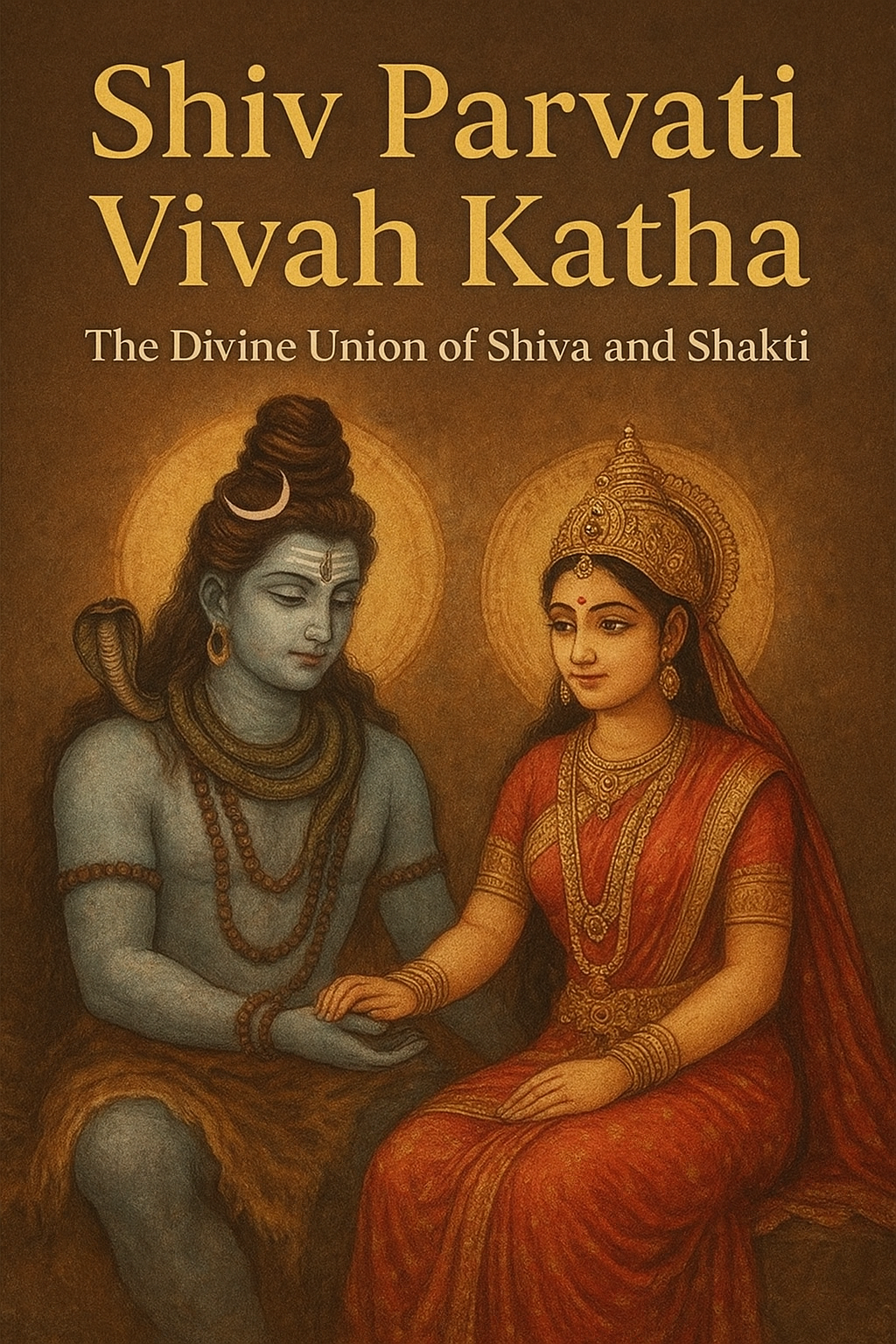
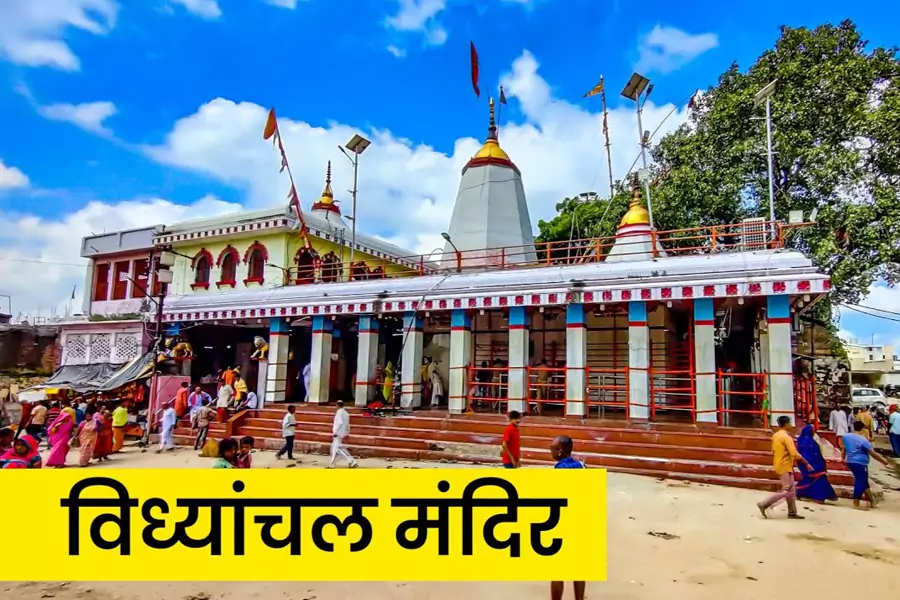

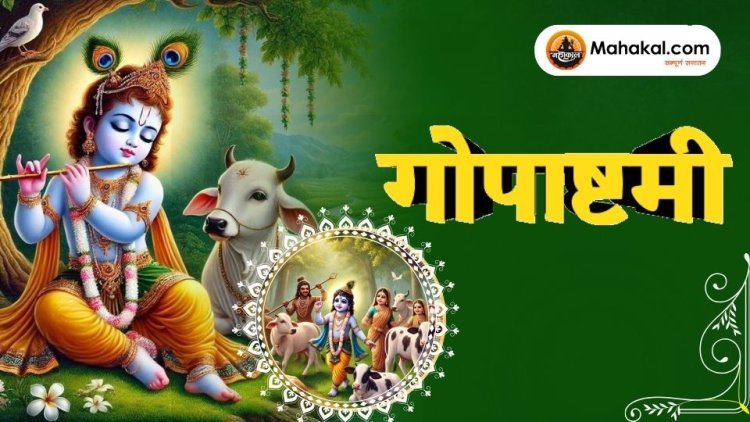
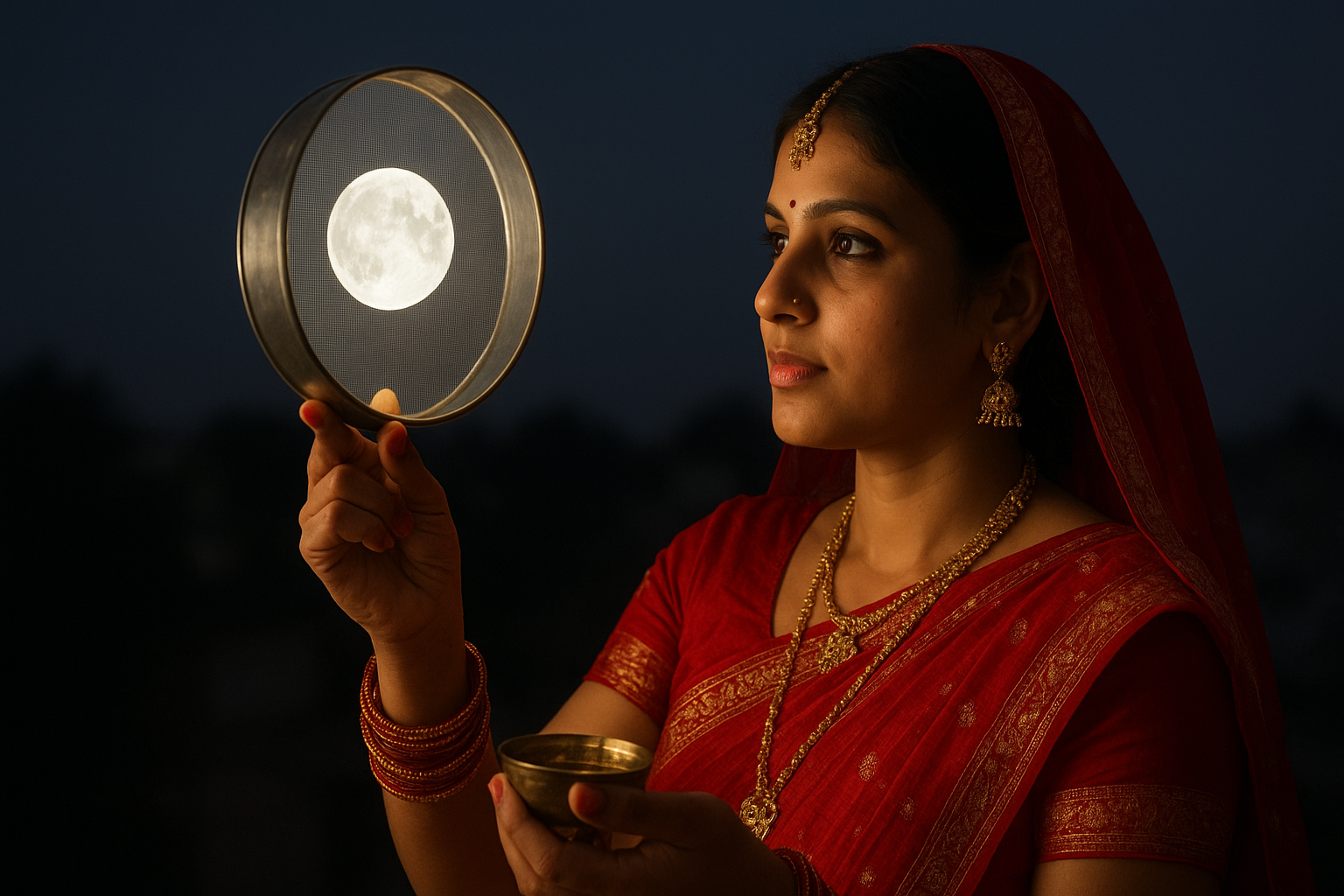
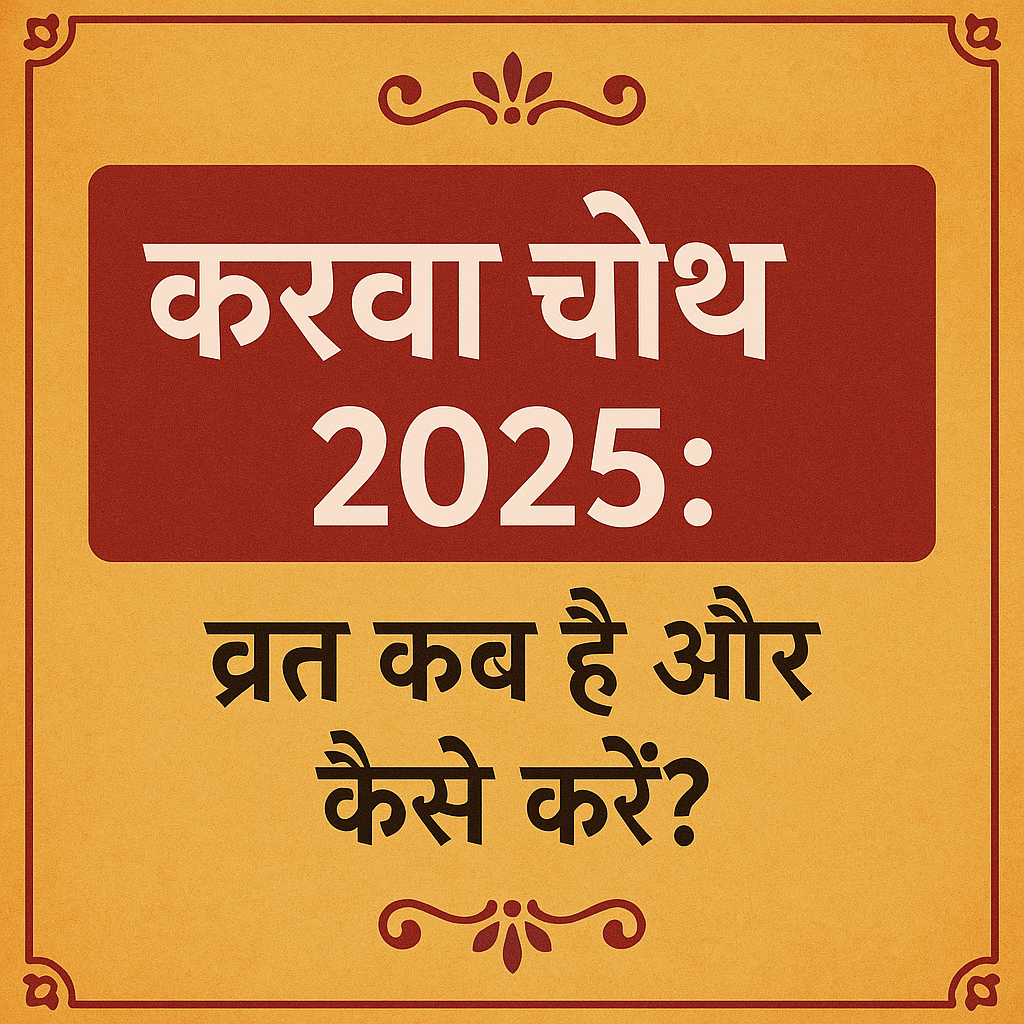
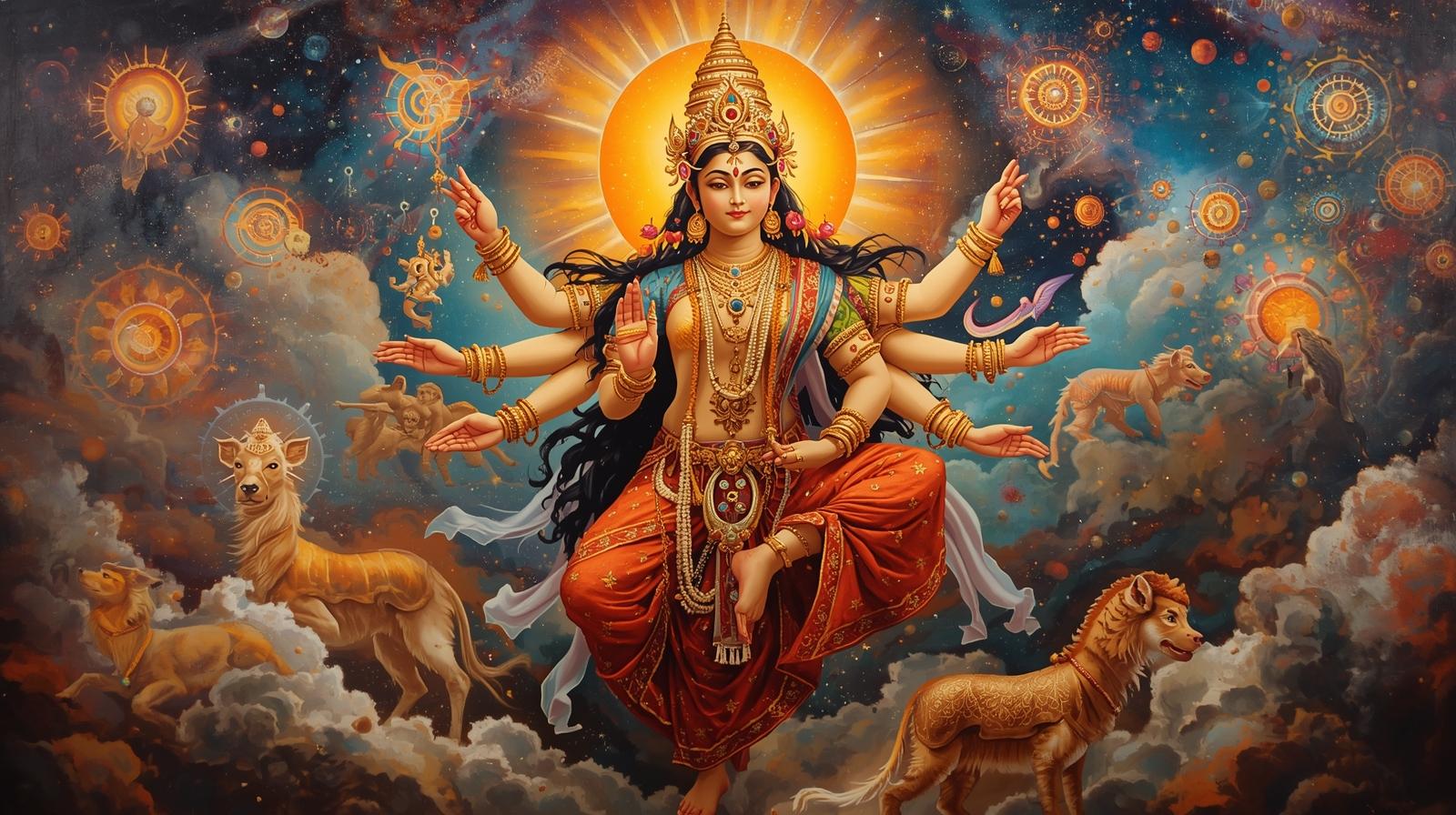

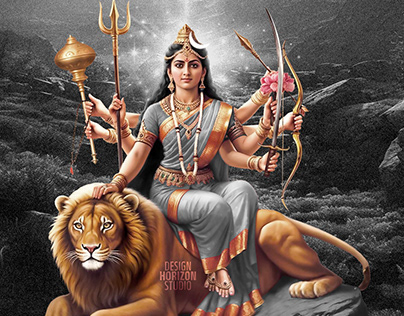
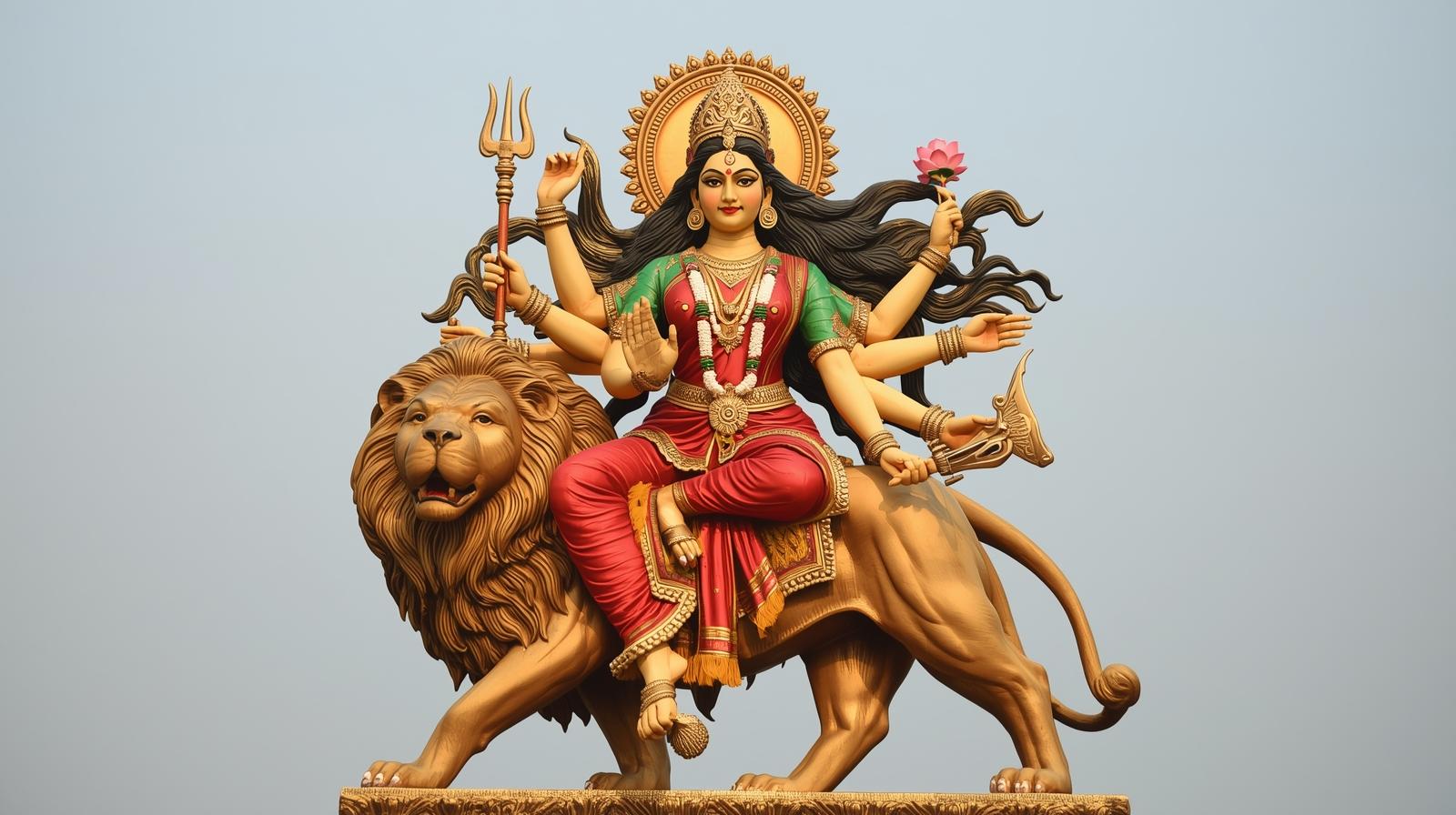
Leave a Reply